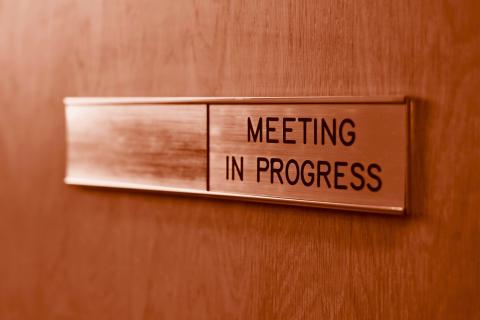
Planning for the possibility of a funding shortage is a daunting task for non-profits. Boards must take a hard look at programs and budgets, with input from key staff and perhaps even key donors and funders. The reality is that organizations will need to consider doing less with less, not more with less. Here are some things to consider in planning for budget impacts:
- When considering program cuts, what are the “sacred cows”? What is the organization absolutely unwilling to give up, and why?
- Identify programs that may be mission creep—add-ons that are not central to the primary mission. These programs use financial and human resources that could be applied to mission-critical programs.
- What does program evaluation say about the effectiveness of various programs? Where do you have the most impact? Should dollars be directed to those programs first? If not, why not?
- Does the organization have operating reserves? Only the Board can decide to dip into reserves. The discussion is how much and for how long.
- What steps can the board take developing other resources?
I can offer a real-life example. During a recent recession, the Board of an alternative high school was having to contend with possible severe cuts in funding from the local school district. In an all-day retreat, we went through (sometimes wrenching) crisis planning. The mission of the organization was the high school. It was so successful that the school district had asked them to open a middle school several years before. But the middle school was essentially mission creep: it required the school to raise a large amount of additional funding to support it. The “sacred cows”?—the small class size and student support services that were key to the high school’s high graduation rate. The decision? Close the middle school if necessary. This was not a public decision; nor was it used as a “threat” to try to maintain funding. It was a plan that would be put in place only if necessary.
Start planning NOW for the worst case scenario. These are very hard decisions that impact the organization and the community. Be prepared: decisions made when the crisis hits are not always the best ones. The school never did have to close the middle school, but they were prepared to do so and the decision was reached through a thoughtful and deliberate process in advance of the actual crisis.
Susan Chandler is an independent consultant to nonprofit organizations.



